If you are using Chrome, click the red hand button at the top right of the screen:

Then select: Don't run on pages on this site
If you do it correctly, the red hand will turn to green and you will no longer see this message.
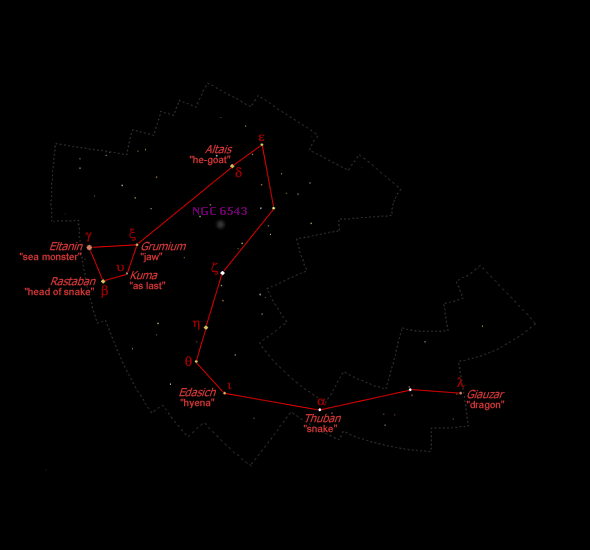



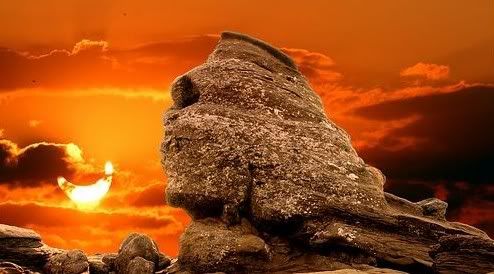

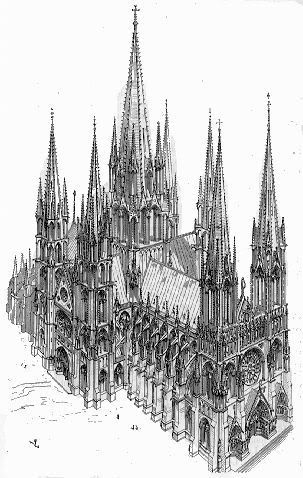
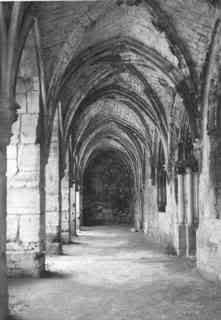
SONET V
Trecut-au anii ca nori lungi pe sesuri
Si niciodata n-or sa vie iara,
Caci nu ma-ncânta azi cum se miscara
Povesti si doine, ghicitori, eresuri,
Ce fruntea-mi de copil o-nseninara,
Abia-ntelese, plin de-ntelesuri -
Cu-a tale umbre azi în van ma-npresuri,
O, ceas al tainei, asfintit de sara.
Sa smulg un sunet din trecutul vietii,
Sa fac, o, suflet, ca din nou sa tremuri
Cu mâna mea în van pe lira lunec;
Pierdut e totu-n zarea tineretii
Si muta-i gura dulce-a altor vremuri,
Iar timpul creste-n urma mea... ma-ntunec!
1883, dec.
Mihail Eminescu
~~~~~~~~~~~~~~~~~~~~~~~
SONNET V
The years have passed like clouds across the dale;
The years have gone and will return no more,
For they no longer move me, as the lore
Of legend, and of song, and doina's tale
Brought wonder to my boyish brow of yore,
And mystery its meaning half unveil.
Your shade falls round me now to no avail,
O secret twilight hour on evening's shore.
To tear a sound out of the life that's gone,
To stir within my soul again its thrill
My hand upon the silent lyre is numb.
Ay, all is lost beneath youth's horizon,
The tender voice of bygone days is still,
While time rolls out behind me... I`m fading dark.
Translated by
Corneliu M. Popescu
MORTUA EST
Faclie de veghe pe umezi morminte,
Un sunet de clopot in orele sfinte,
Un vis ce isi moaie aripa-n amar,
Astfel ai trecut de al lumii hotar.
Trecut-ai cand ceru-i campie senina,
Cu rauri de lapte si flori de lumina,
Cand norii cei negri par sombre palate,
De luna regina pe rand vizitate.
Te vad ca o umbra de-argint stralucita,
Cu-aripi ridicate la ceruri pornita,
Suind, palid suflet, a norilor schele,
Prin ploaie de raze, ninsoare de stele.
O raza te-nalta, un cantec te duce,
Cu bratele albe pe piept puse cruce,
Cand torsul s-aude l-al vrajilor caier
Argint e pe ape si aur in aer.
Vad sufletu-ti candid prin spatiu cum trece;
Privesc apoi lutul ramas...alb si rece,
Cu haina lui lunga culcat in sicriu,
Privesc la surasu-ti ramas inca viu-
Si-ntreb al meu suflet ranit de-ndoial,
De ce-ai murit, inger cu fata cea pala?
Au nu ai fost juna, n-ai fost tu frumoasa?
Te-ai dus spre a stinge o stea radioasa?
Dar poate acolo sa fie castele
Cu arcuri de aur zidite din stele,
Cu rauri de foc si cu poduri de-argint,
Cu tarmuri de smirna, cu flori care cant;
Sa treci tu prin ele, o sfanta regina,
Cu par lung de raze, cu ochi de lumina,
In haina albastra stropita cu aur,
Pe fruntea ta pala cununa de laur.
O, moartea e-un chaos, o mare de stele,
Cand viata-i o balta de vise rebele;
O, moartea-i un secol cu sori inflorit,
Cand viata-i un basmu pustiu si urat. -
Dar poate...o! capu-mi pustiu cu furtune,
Gandirile-mi rele sugrum cele bune...
Cand sorii se sting si cand stelele pica,
Imi vine a crede ca toate-s nimica.
Se poate ca bolta de sus sa se sparga,
Sa cada nimicul cu noaptea lui larga,
Sa vad cerul negru ca lumile-si cerne
Ca prazi trecatoare a mortii eterne...
S-atunci de-a fi astfel...atunci in vecie
Suflarea ta calda ea n-o sa invie,
Atunci graiu-ti dulce in veci este mut...
Atunci acest inger n-a fost decat lut.
Si totusi, tarana frumoasa si moarta,
De racla ta razim eu harfa mea sparta
Si moartea ta n-o plang, ci mai fericesc
O raza fugita din chaos lumesc.
S-apoi...cine stie de este mai bine
A fi sau a nu fi...dar stie orcine
Ca ceea ce nu e, nu simte dureri,
Si multe dureri-s, putine placeri.
A fi? Nebunie trista si goala;
Urechea ta minte si ochiul te-nseala;
Ce-un secol ne zice ceilalti o deszic.
Decat un vis sarbad, mai bine nimic.
Vad vise-ntrupate gonind dupa vise,
Pan' dau in morminte ce-asteapta deschise,
Si nu stiu gandirea-mi in ce sa o strang;
Sa rad ca nebunii? Sa-i blestem? Sa-i plang?
La ce?...Oare totul nu e nebunie?
Au moartea ta, inger, de ce fu sa fie?
Au ei sens in lume? Tu chip zambitor,
Trait-ai anume ca astfel sa mori?
De e sens intr-asta, e-ntors si ateu,
Pe palida-ti frunte nu-i scris Dumnezeu.
(1871, 1 martie)
Mihail Eminescu
~~~~~~~~~~~~~~~~~~~~~~~~~~
MORTUA EST
Two candles, tall sentry, beside an earth mound,
A dream with wings broken that trail to the ground,
Loud flung from the belfry calamitous chime...
'Tis thus that you passed o'er the boundaries of time.
Gone by are the hours when the heavens entire
Flowed rivers of milk and grew flowers of fire,
When the thunderous clouds were but castles erect
Which the moon like a queen each in turn did inspect.
I see you a shadow bright silver transcending,
With wings high uplifted to heaven ascending,
I see you slow climbing through the sky's scaffold bars
Midst a tempest of light and a snowstorm of stars;
While the witches the sound of their spinning prolong,
Exalted in sunshine, swept up by a song,
O'er your breast like a saint your white arms crossed in prayer,
And gold on the water, and silver in the air.
I see your soul's parting, its flight I behold;
Then gaze at the clay that remains... mute and cold,
At the winding-sheet clung to the coffin's rude sill,
At your smile sweet and candid, that seems alive still.
And I ask times unending my soul torn with doubt,
O why, pallid angel, your light has gone out,
For were you not blameless and wonderfully fair?
Have you gone to rekindle a star in despair?
I fancy on high there are things without name,
Broad rivers of fire spanned by bridges of flame,
Strange castles that spires till the zenith up fling,
With stairways of incense and flowers that sing.
And you wander among them, a worshipful queen,
With hair of bright starlight and eyes vespertine,
In a tunic of turquoise bespattered with gold,
While a wreath of green laurels does your forehead enfold.
O, death is chaos, an ocean of stars gleaming,
While life is a quagmire of doubts and of dreaming.
Oh, death is an aeon of sun-blazoned spheres,
'While life but a legend of wailing and tears.
Through my head beats a whirlwind, a clamorous wrangle
Of thoughts and of dreams that despair does entangle;
For when suns are extinguished and meteors fall
The whole universe seems to mean nothing at all.
Maybe that one day the arched heavens will sunder,
And down through their break all the emptiness thunder,
Void's night o'er the earth its vast nothing extending,
The loot of an instant of death without ending.
If so, then forever your flame did succumb,
And forever your voice from today will be dumb.
If so, the hereafter can bring no rebirth.
If so, then this angel was nothing but earth.
And thus, lovely soil that breath has departed,
I stand by your coffin alone broken-hearted;
And yet I don't weep, rather praise for its fleeing
Your ray softly crept from this chaos of being.
For who shall dare which is ill and which well,
The is, or the isn't? Can anyone tell?
For he who is not, even grief can't destroy,
And oft is the grieving, and seldom the joy.
To exist! O, what nonsense, what foolish conceit;
Our eyes but deceive us, our ears but cheat,
What this age discovers, the next will deny,
Far better just nothing than naught but a lie.
I see dreams in men's clothing that after dreams chase,
But that tumble in tombs ere the end of the race,
And I search in my soul how this horror to fly,
To laugh like a madman? To curse? Or to cry?
O, what is the meaning? What sense does agree?
The end of such beauty, had that got to be?
Sweet seraph of clay where still lingers life's smile,
Just in order to die did you live for a while?
O, tell me the meaning. This angel or clod?
I find on her forehead no witness of God.
Translated by
Corneliu M. Popescu
ODE (in antique metre)
by Mihai Eminescu
I little thought that I would learn to die;
Forever young, enveloped in my cloak,
My dreaming eyes I lifted to the star
Of solitude.
When of a sudden you stood in my way,
On, anguish you, of nameless suffering sweet...
And to the dregs I dank the draught of death
Unpardoning.
Miserably I burn alive like Nessus,
Or Hercules wrapped in his poisoned cloak;
The fire in me the boundless sea itself
Could never quench.
By my own dreams consumed, I endless wail;
At my own pile I am consumed in flame,
Shall I then luminous one day return
As does the Phoenix?
Tormenting eyes but vanish from my way,
Come to my breast again sad unconcern;
That I may die in peace at last, myself
Give back to me.
1883 december
Translated by
Corneliu M. Popescu
ODA (în metru antic)
Nu credeam sã-nvãt a muri vrodatã;
Pururi tânãr, înfãsurat în manta-mi,
Ochii mei nãltam visãtori la steaua
Singurãtãtii.
Când deodatã tu rãsãrisi în cale-mi,
Suferintã tu, dureros de dulce...
Pân-în fund bãui voluptatea mortii
Nendurãtoare.
Jalnic ard de viu chinuit ca Nessus,
Ori ca Hercul înveninat de haina-i;
Focul meu a-l stinge nu pot cu toate
Apele mãrii.
De-al meu propriu vis, misuit mã vaiet,
Pe-al meu propriu rug, mã topesc în flãcãri...
Pot sã mai renviu luminos din el ca
Pasãrea Phoenix?
Piarã-mi ochii turburãtori din cale,
Vino iar în sân, nepãsare tristã;
Ca sã pot muri linistit, pe mine
Mie redã-mã!
(1883, decembrie)
Mihail Eminescu
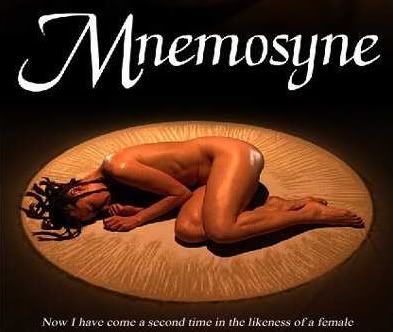
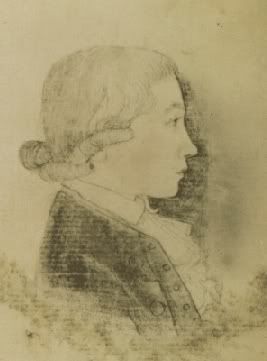
COMMENTS
-